Incense Village of the Nung in Phia Thap
Located in Cao Bang province in Vietnam, the village of Phia Thap, inhabited by the Nung ethnic group, is a key place for the handmade production of incense. For over a century, this ancient craft has been passed down, deeply embedding incense in Vietnam’s spiritual and cultural life. Far more than just a product, the incense of Phia Thap serves as a bridge between the living and the afterlife.
.jpg)
As you enter the village, a sweet and captivating scent of incense fills the air, a testament to the daily activity of the village's inhabitants. Here, incense making is not an exception, but a skill shared by every villager.
It is one of the rare villages in Vietnam where incense is still made entirely by hand, making it a fascinating stop when exploring Cao Bang province.
What sets Phia Thap’s incense apart from other productions is its exclusive use of natural resources abundant in the karst region. The main ingredients are bamboo, pine powder, sawdust, and Bau Hat leaves, which are used to produce a natural glue that binds the other elements.
It all starts with the leaves of the Bau Hat tree. Once harvested, these leaves are dried in the sun, then ground into a fine powder that serves as the natural binder.
The incense sticks are traditionally shaped from bamboo, valued for its flexibility and ease of ignition. Bamboo, harvested from the surrounding forests, is hand-split into 40 cm sections. Each section is then delicately shaved into fine, regular sticks, which are soaked in water for two to three days before being used.
At the same time, the powder forming the body of the incense comes from pine wood. The trunks are allowed to decompose naturally for at least three years before being cut, dried, and ground into fine powder. This powder is then carefully mixed with sawdust and agarwood powder to form the base scent of the incense.
After soaking the fine bamboo sticks, they are coated with natural glue made from "Bau Hat" leaves.
They are then rolled in a mixture of pine powder, sawdust, and agarwood powder. The glue helps the powders adhere, forming the incense sticks.
Finally, the incense sticks are hung to dry in the sun. A sunny day is usually enough, but on cloudy days, drying may take two to three days, or even longer, sometimes even inside the kitchen.
These incense sticks are then colored red at their base and dried one last time before being tied into small bundles for sale.
“The wrist movement must be smooth and precise, like a dance. It’s an art that is learned from a young age. In one day, a person can make between 3,000 and 4,000 incense sticks…” says Ms. Nim, a villager passionate about her craft.
Thanks to its quality and authentic scent, Phia Thap incense is an essential item on the altars of many households in Cao Bang.
Discovering the secrets of incense-making in Phia Thap is not only about admiring exceptional craftsmanship but also actively participating in its preservation. By doing so, you help ensure the continuity of this tradition, provide an essential income for the Nung community, and continue to enrich the cultural heritage of Cao Bang province, a UNESCO World Heritage site.
.jpg)
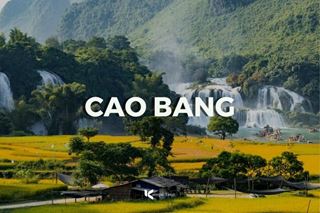
The Not-Your-Usual Guide to Cao Bang

Cao Bang: The Bona Fide Destination to Get Lost in Southeast Asia
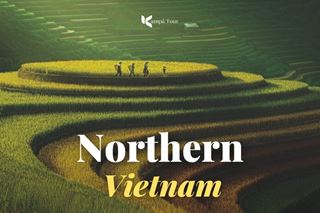




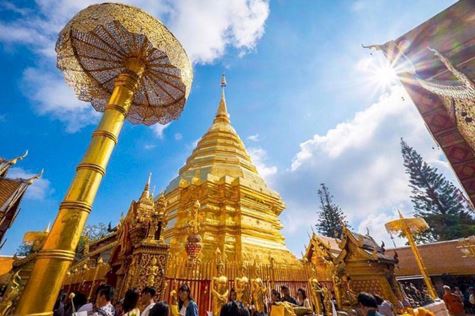
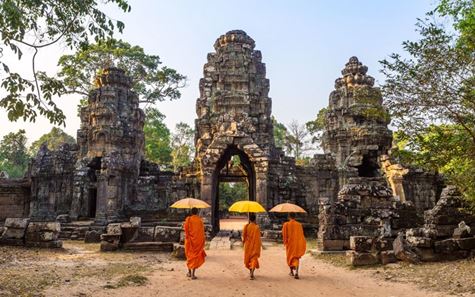
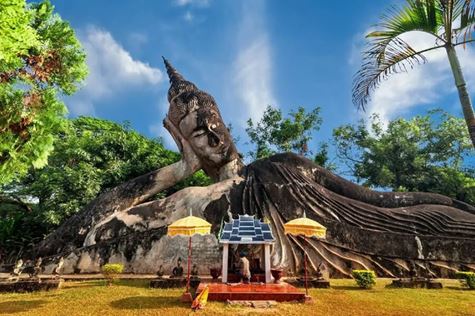






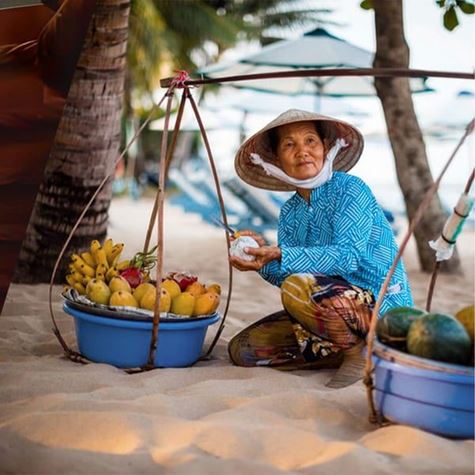
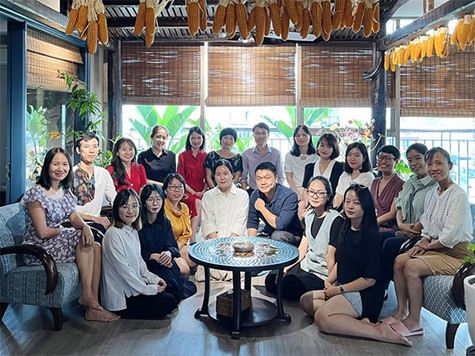

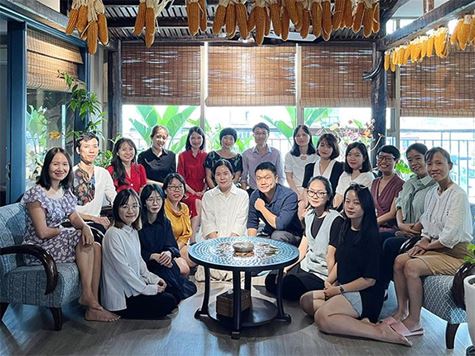

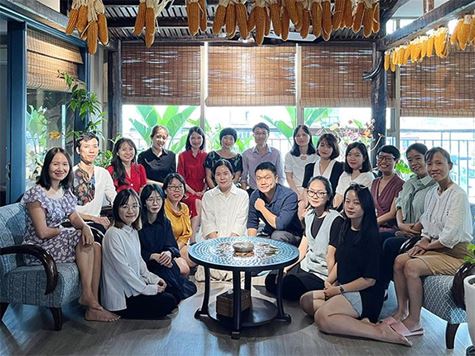

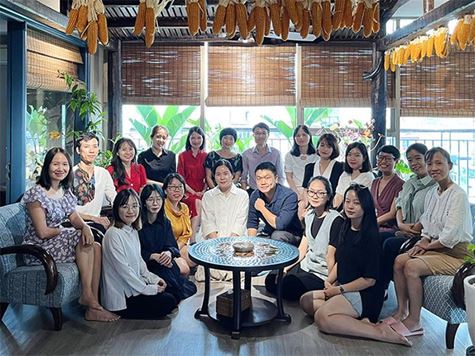

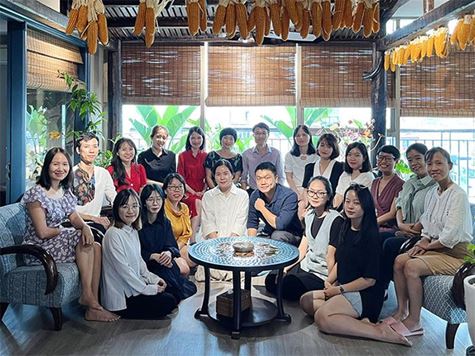

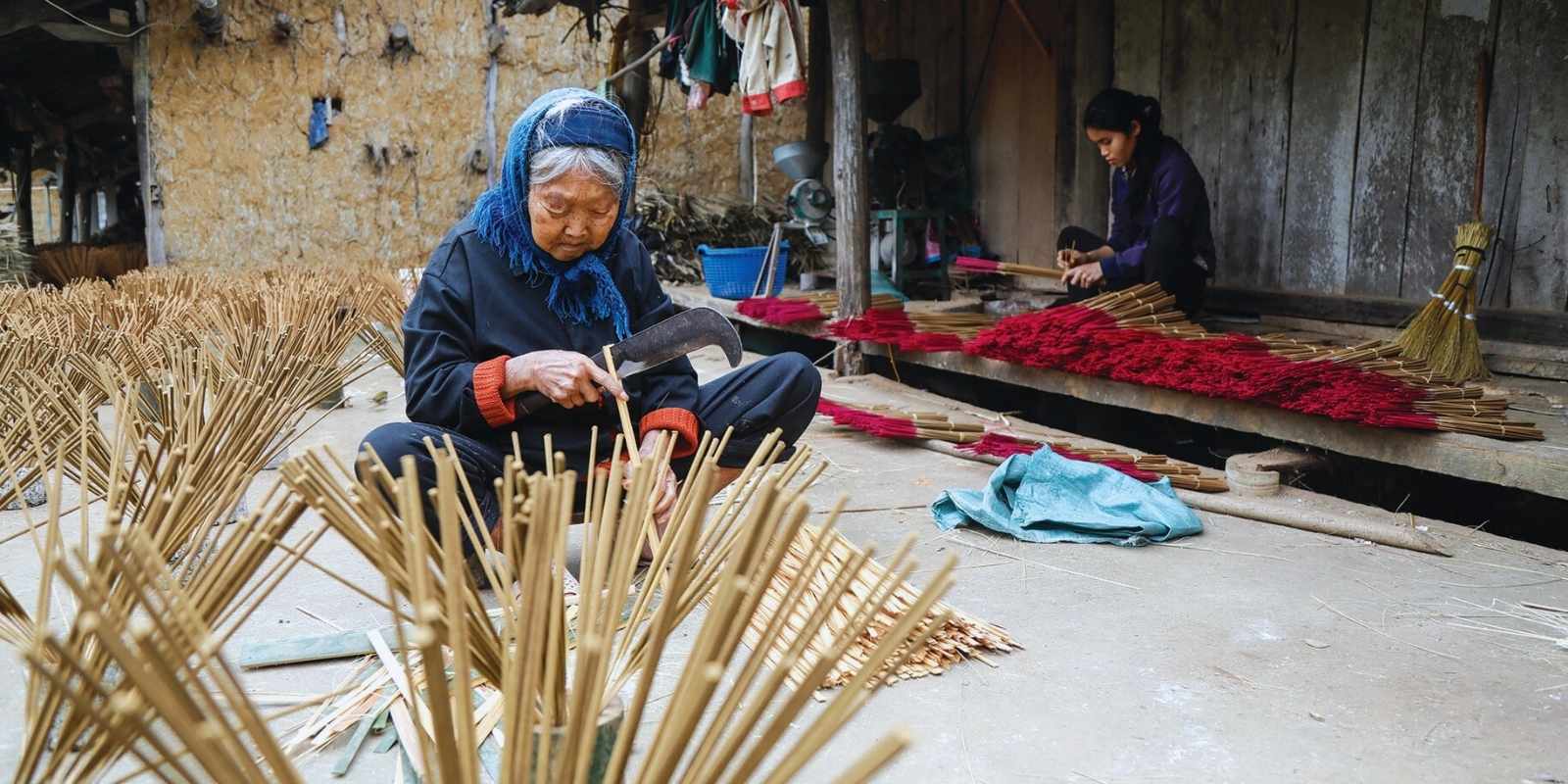

Comments